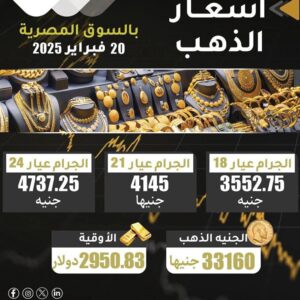
Basics of chart analysis in trading
The concept of charts is a graphical depiction of the movement of financial asset prices in a certain period of time.
Charts are used in technical analysis to identify trends, patterns, and points of support and resistance in the market.
There are several types of charts such as Japanese candlesticks, lines and shapes, and these tools are used to analyze price movement.
To read the trend in charts, changes in the highest peak and lowest trough, as well as tests of support and resistance levels, must be taken into account.
Using technical indicators such as moving average and currency strength, the strength of change in price movement can be determined and interpreted.
Support and resistance points represent levels that represent the difficulty of changing the price direction, and can be used to identify trading opportunities.
Japanese candlestick patterns such as the Hammer and Tyrannosaurus express the strength of demand and supply in the market and can be used in analyzing price movement.
In conclusion, chart analysis is an important tool in trading to identify trends and patterns and make trading decisions based on the information learned.
The concept of graphs and their importance
The concept of charts means depicting the movement of financial asset prices in a certain period of time and is used in technical analysis to identify trends, patterns, support and resistance points in the market.
Types of charts and their uses in technical analysis
Chart types are a powerful tool in technical analysis of financial markets. These charts include candlesticks, lines, bars, points, etc., and are used to identify trends, patterns, and points of support and resistance in the market.
Read trends in charts
Reading trends in charts is one of the important basics of technical analysis.
This is done by observing price movement and trending in the chart, and using indicators such as moving averages to confirm the existing trend.
Common patterns in charts and their interpretation
Common candlestick patterns are such as the rising star pattern and the inverted hammer pattern and can indicate a reversal or continuation of the market trend.
How to determine the general trend of the market through charts
To determine the overall market trend through charts, you can observe successive highs and lows and form trend lines, where rising highs and rising lows indicate an uptrend, while lower highs and lower lows indicate a downtrend.
Using technical indicators in chart analysis
While analyzing charts, technical indicators can be used to estimate market movement. Using technical indicators provides signals about market direction and support and resistance levels. Notice recurring patterns in indicators and use them to make trading decisions.
The importance of technical indicators in estimating market movement
Technical indicators help predict market movement and direction by analyzing historical data and recurring patterns in charts. Technical indicators can be used to identify entry and exit points in a trade and make trading decisions based on those signals.
Types of technical indicators and their applications on charts
Types of technical indicators on charts include: trend indicators such as the moving average and the trend strength indicator. They can be used to determine the general trend of the market.
Applications of technical indicators include using indicators to determine entry and exit points in trading and predict price movement.
How to read support and resistance points in charts
Using support and resistance points in chart analysis is important to identify crucial price levels.
A support point is defined as a price that has increased buying power, while a resistance level is a price that has increased selling power.
By reading these points, you can determine future price trends and make better trading decisions.
Identifying support and resistance points and their role in predicting price movement
Support and resistance points are crucial price levels in chart analysis, as they reflect the strength of buying and selling in the market.
Support points are identified when there is significant buying pressure, while resistance points occur when there is significant selling pressure.
By reading these points, traders can predict future price movements and make better trading decisions.
Strategies for using support and resistance points in making trading decisions
Strategies for using support and resistance points in making trading decisions include a set of practical steps for traders, such as buying when the resistance point is broken, selling when the support point is broken, and setting profit and stop loss targets based on these points.
Japanese candlestick patterns and their role in chart analysis
Japanese candlestick patterns are an important tool in chart analysis, as they help in understanding market behavior and predicting price movement. These models can be used to determine entry and exit points for trades based on past price actions.
Common Japanese candlesticks and what they express in market behavior
Common candlestick patterns such as the Hammer and Star candles express market behavior and indicate changes in demand, supply and price movement trends.
These models can be used to make trading decisions based on analyzing market behavior and identifying potential entry and exit points.
How to use candlestick patterns to predict price movement
Candlestick patterns are used to predict price movement based on market behavior.
The candle pattern and the trend in which it appears must be considered to determine potential entry and exit points in the trade.



